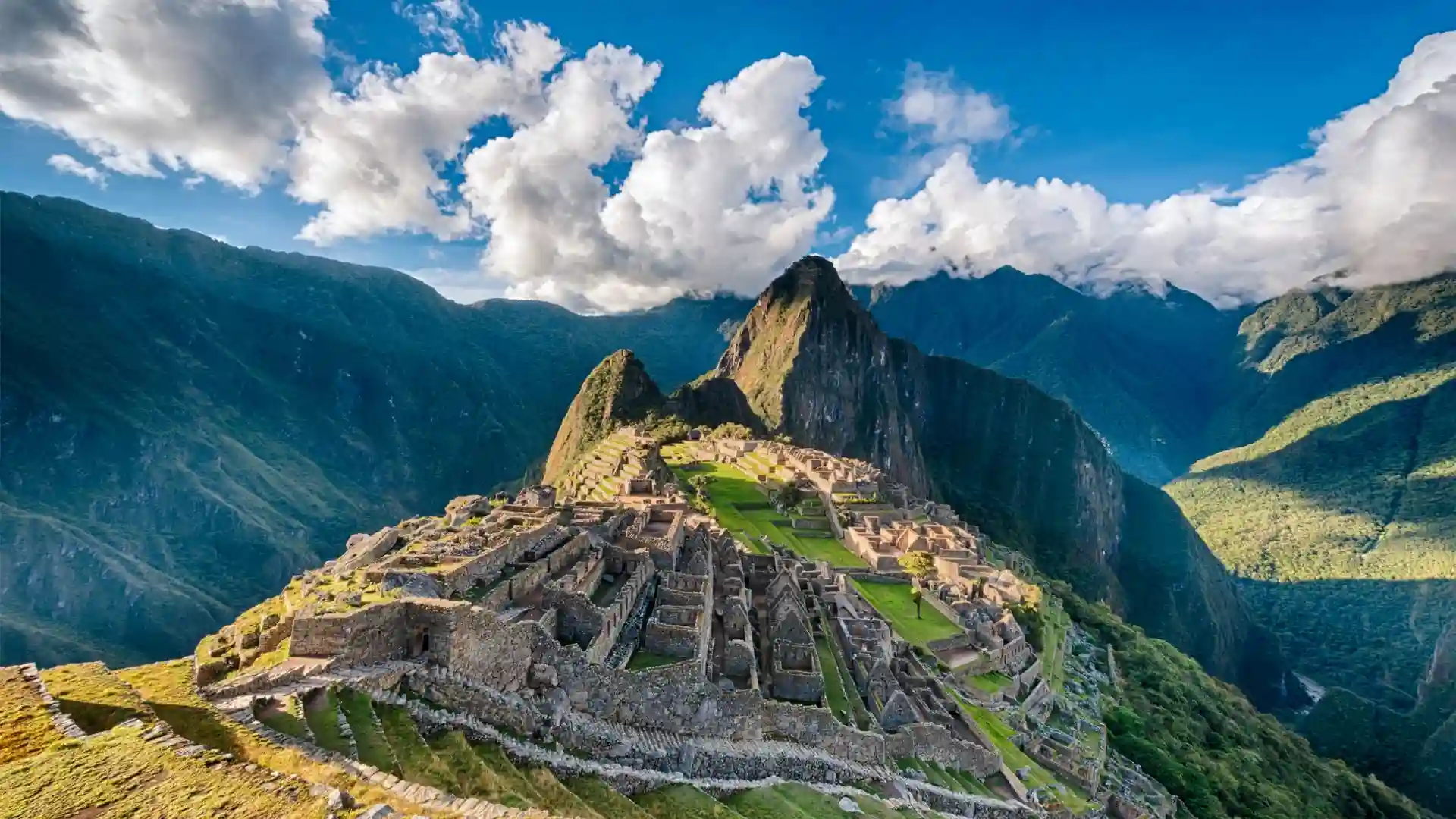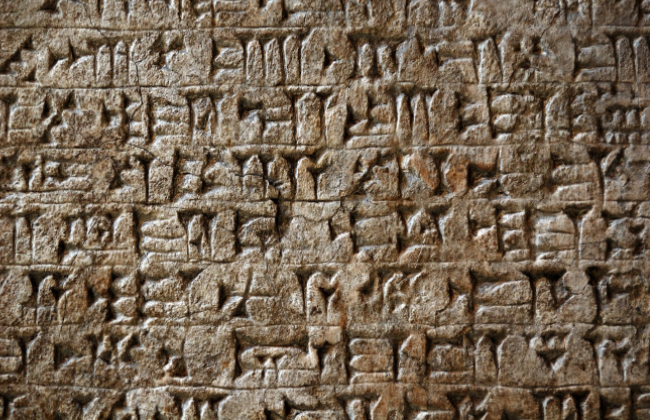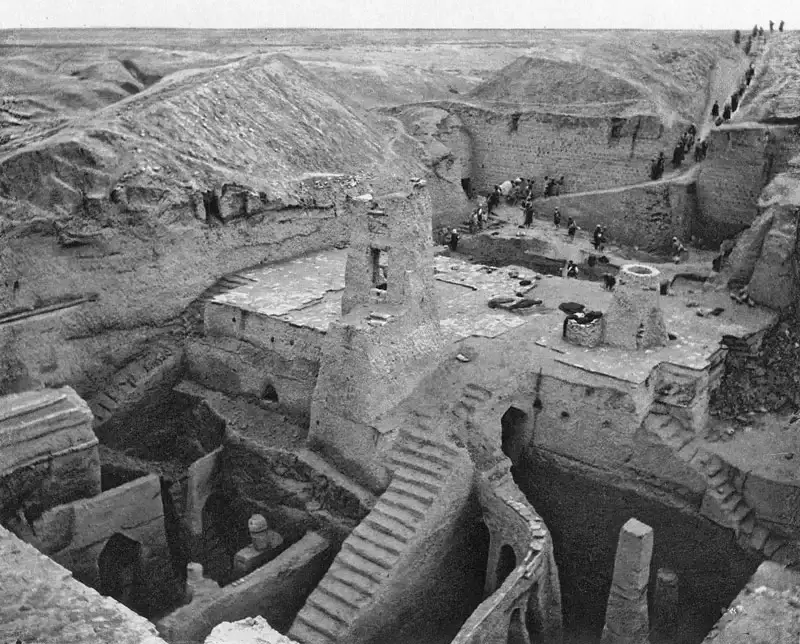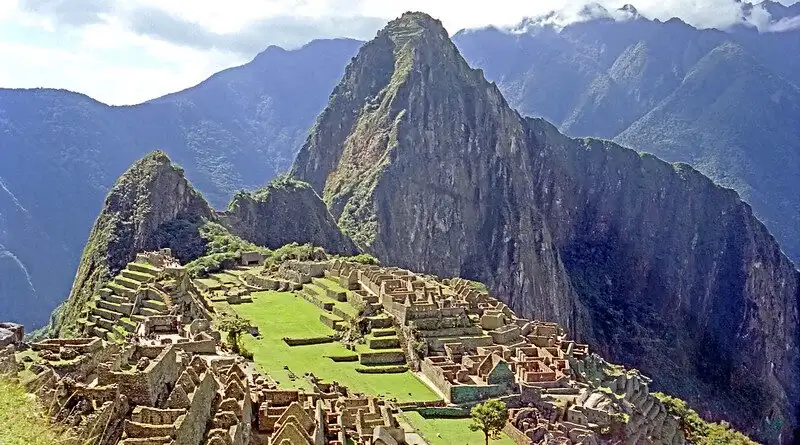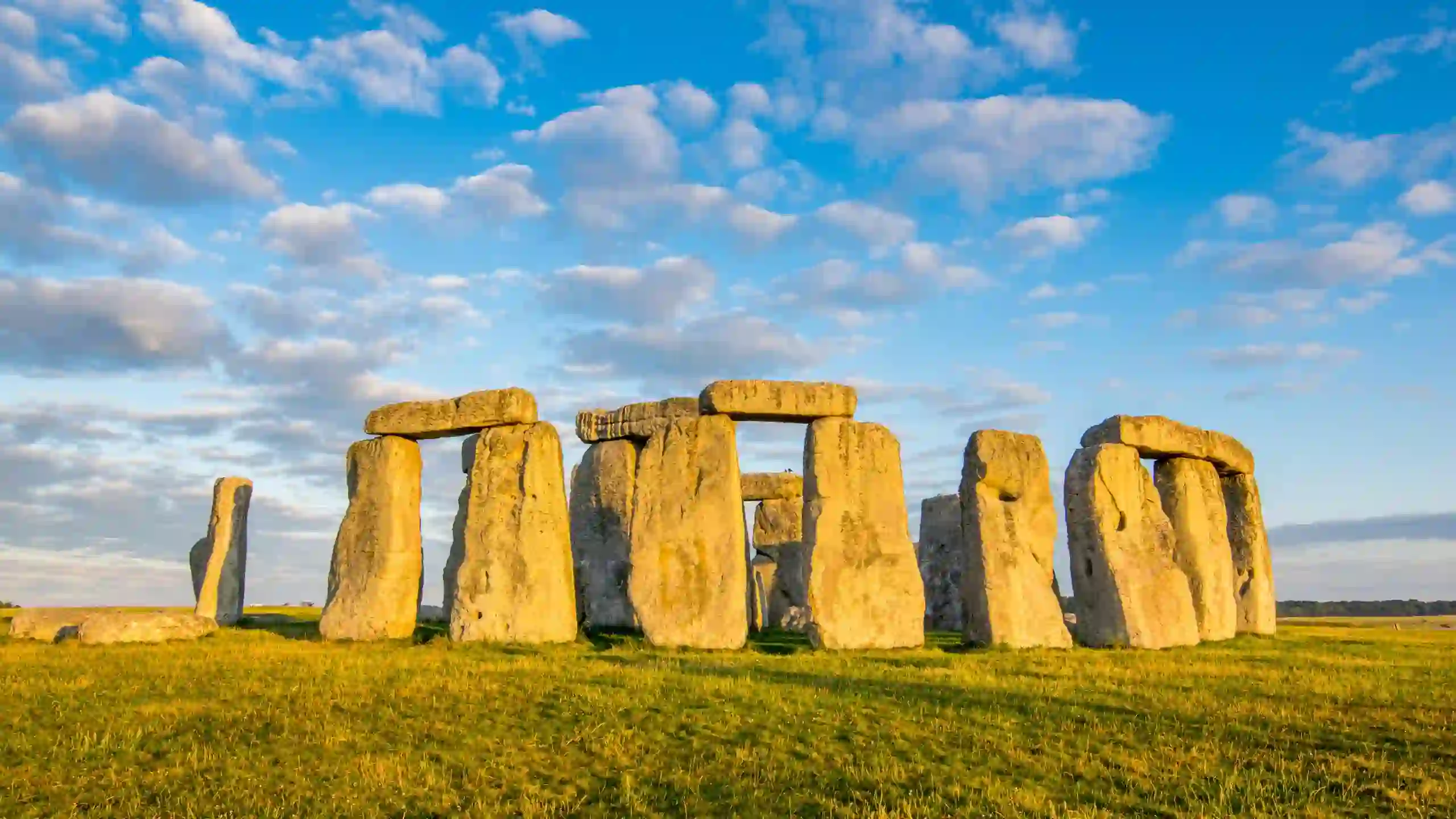Introduction: Perched high in the Andes Mountains of Peru, Machu Picchu stands as a testament to the ingenuity and architectural marvels of the ancient Inca civilization. This UNESCO World Heritage site has captivated the imaginations of travelers for centuries, drawing them to its remote location and captivating them with its enigmatic history. In this article, we will delve into the wonders of Machu Picchu, exploring its significance, mysteries, and the awe-inspiring experience it offers to visitors from around the world.
- The Discovery of Machu Picchu: In 1911, the American explorer Hiram Bingham stumbled upon Machu Picchu, hidden amidst the lush vegetation of the Peruvian mountains. The city, which had remained largely untouched by Spanish conquerors, held an air of mystery and intrigue. Bingham’s discovery revealed a remarkable archaeological site, shrouded in the mists of time.
- Architectural Marvels: Machu Picchu’s architectural splendor is a testament to the advanced engineering skills of the Inca civilization. The city is built with precision, using massive stone blocks that fit together seamlessly, without the use of mortar. Its terraces, plazas, and temples are aligned with astronomical precision, showcasing the Inca’s deep understanding of the cosmos.
- The Purpose of Machu Picchu: The true purpose of Machu Picchu remains a subject of speculation and debate. Some believe it was a sacred site dedicated to religious ceremonies and astronomical observations, while others suggest it served as a retreat for Inca royalty. Its remote location and intricate design give rise to numerous theories about its significance and function within the Inca empire.
- Spiritual Connection: For many visitors, Machu Picchu holds a profound spiritual significance. Surrounded by towering mountains and engulfed in mist, the site exudes a sense of tranquility and connection to nature. The Intihuatana stone, a sacred ritual stone believed to be an astronomical calendar, adds to the mystical aura of the place.
- The Inca Trail: One of the most popular ways to reach Machu Picchu is by hiking the Inca Trail. This ancient path winds through breathtaking landscapes, passing by other Inca ruins, lush valleys, and high mountain passes. The journey is physically demanding but offers a truly immersive experience, allowing travelers to connect with the region’s history and natural beauty.
- Sustainable Tourism: Due to its popularity, Machu Picchu faces challenges in preserving its fragile ecosystem and archaeological treasures. In recent years, efforts have been made to implement sustainable tourism practices, including visitor limits, regulated access, and conservation projects. Travelers are encouraged to respect the site’s cultural and environmental importance and follow responsible tourism guidelines.
- The Future of Machu Picchu: Preserving Machu Picchu for future generations is a priority for Peruvian authorities. Ongoing research, restoration, and conservation efforts continue to shed light on the mysteries of the site and ensure its longevity. The collaboration between scientists, historians, and indigenous communities will play a crucial role in safeguarding this cultural treasure.
Conclusion: Machu Picchu’s allure lies not only in its grandeur and architectural prowess but also in the sense of wonder and intrigue it evokes. As visitors explore its ancient stone walls, walk in the footsteps of the Inca, and witness the breathtaking vistas, they become part of a narrative that stretches back through the ages. Machu Picchu stands as a testament to the ingenuity and spirituality of the Inca civilization, captivating all who venture to this remote corner of the world.
![]()

